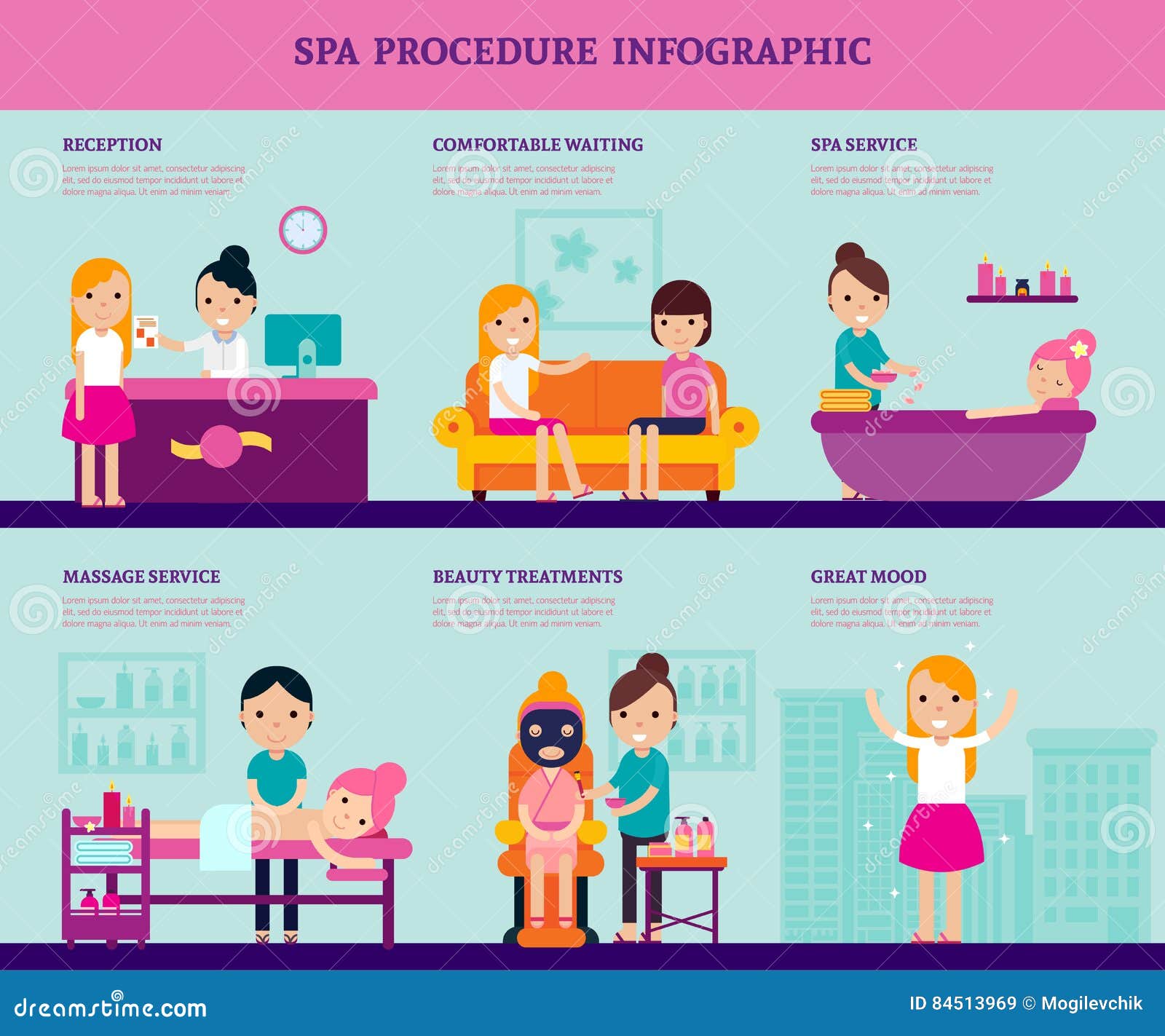Essential Oils That Reduce Acne
Essential Oils That Reduce Acne
Blog Article
Causes of Acne on Cheeks
Acne breakouts in the cheek area are caused by lots of things, from touching your face regularly to not transforming your pillowcase often sufficient. Picking at acnes increases your threat of infection and scarring, and specific medicines can aggravate dark spots (postinflammatory hyperpigmentation).
The good news is, there are several means to stop and deal with cheek acne. These consist of:
1. Hormone Adjustments
Acne is mainly brought on by hormonal agents, specifically those generated throughout adolescence and maternity. For some, a family history of acne might likewise contribute to their condition. Anything that clogs pores, such as oil-based skin care products or waxy hair items, can cause acne. Numerous topical therapies, like benzoyl peroxide and salicylic acid, can battle germs and unblock pores. Those with serious or chronic acne should seek therapy from their medical professional.
Prevent touching or pressing your acne, as this can push some of the bacteria deeper into the skin, leading to an extra extreme outbreak. It is likewise essential to change pillowcases routinely and use tidy make-up brushes. You must likewise try to avoid toxic irritants such as rubbing from using a safety helmet or tight collar.
2. Diet
The oily, sweet foods that many people think trigger acne might really refrain from doing so. In fact, studies have actually revealed that eating a diet abundant in entire, nutrient-dense foods helps to prevent outbreaks.
Foods high in the glycemic index (such as white bread, corn flakes, blew rice and potatoes, doughnuts and other breads) elevate blood glucose levels promptly, and this can raise hormones that boost oil manufacturing and cause acne.
Consuming cow's milk has additionally been connected to enhanced acne breakouts. If you are a normal cow's milk enthusiast, you might want to attempt switching to low-fat or nondairy alternatives that are strengthened with calcium. Furthermore, drinking more water can aid to decrease acne because it aids to maintain the skin hydrated.
3. Excess Oil
While oil is important for healthy and balanced skin, it can end up being a problem when too much sebum blends with dead skin cells and blocks pores. This mix can produce blackheads, whiteheads and pimples. The obstructed pore wall can break down and spill bacteria, dead skin cells and sebum right into surrounding skin. This causes a red bump referred to as a pimple. Occasionally these red bumps have pus in the facility from a bacterial infection. Bigger infected bumps that resemble acne are called cysts.
There are lots of things that can create excess sebum and blocked pores, consisting of hormonal agent fluctuations, diet regimen and daily behaviors. Some examples consist of touching the face often, resting your hand on your cheek, making use of filthy make-up brushes and not altering pillowcases on a regular basis.
4. Tension
If you're managing pain pimples or a multitude of blackheads and whiteheads, it may be time to speak to a dermatologist. They hills med skin can suggest an effective therapy that suits your skin kind. Practicing leisure and stress-reduction techniques likewise helps.
Acne can happen in the cheeks due to rubbing and stress, such as when a person touches their face regularly or wears a hat or sporting activities helmet that rubs versus the skin. It can also show up where oily cosmetics and lotions massage against the skin.
Prevent squeezing acne, as this can push contaminated material deeper right into the skin and lead to scarring. Rather, see a doctor to discover preventative therapies like medicine, skin treatment products and way of life changes. Eating a healthy and balanced diet of entire foods, getting seven to 9 hours of sleep and utilizing noncomedogenic make-up and skincare items can all help reduce acne breakouts.
5. Hair Products
Hair items are not typically considered a source of breakouts, yet they can contribute to acne on the cheeks in some people. Pomade acne, which is identified by small closed comedones and papulopustules, is generally caused by using oily hair items that contain comedogenic components such as particular oils and acetylated lanolin.
Choosing hair items that do not contain these possibly comedogenic active ingredients is an important step towards minimizing breakouts. Likewise, making certain that hair products aren't being available in contact with the skin can aid prevent breakouts. As an example, wearing a scarf or hood during the night can limit hair-to-face get in touch with and minimize the likelihood that leave-in hair products will abrade onto the face.
Along with using a non-comedogenic moisturizer and cleaning with an acne face clean, other useful methods consist of: